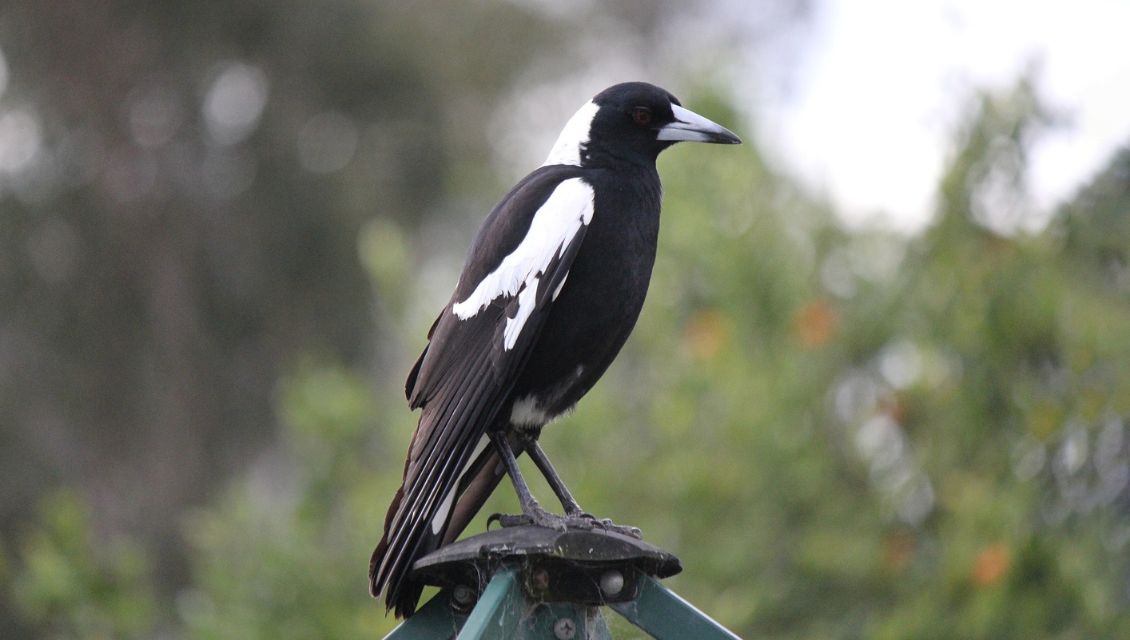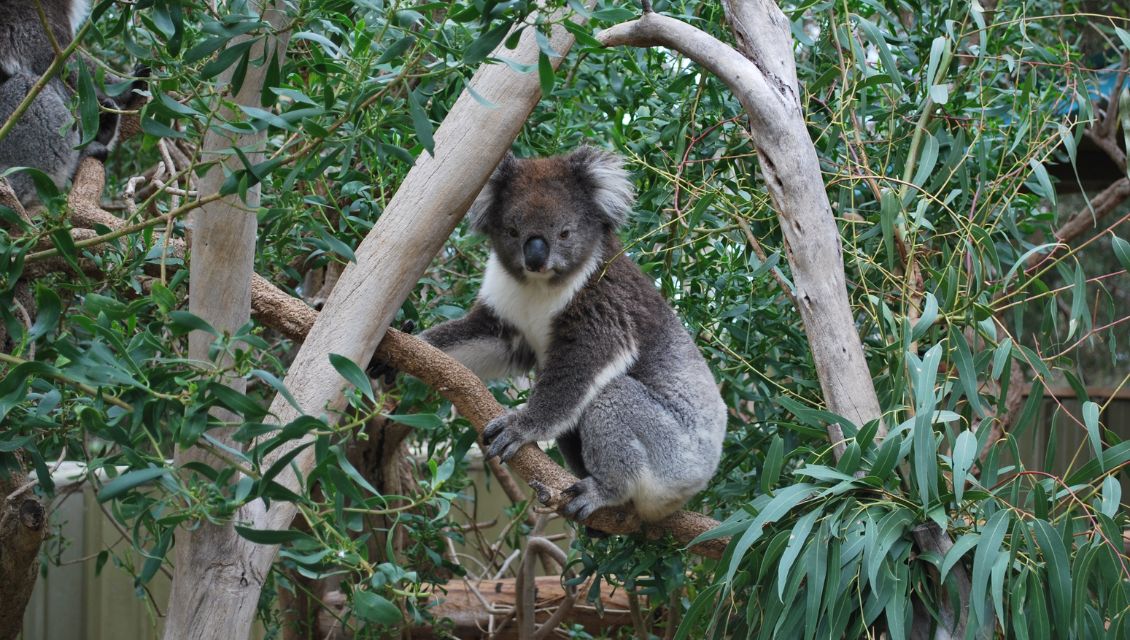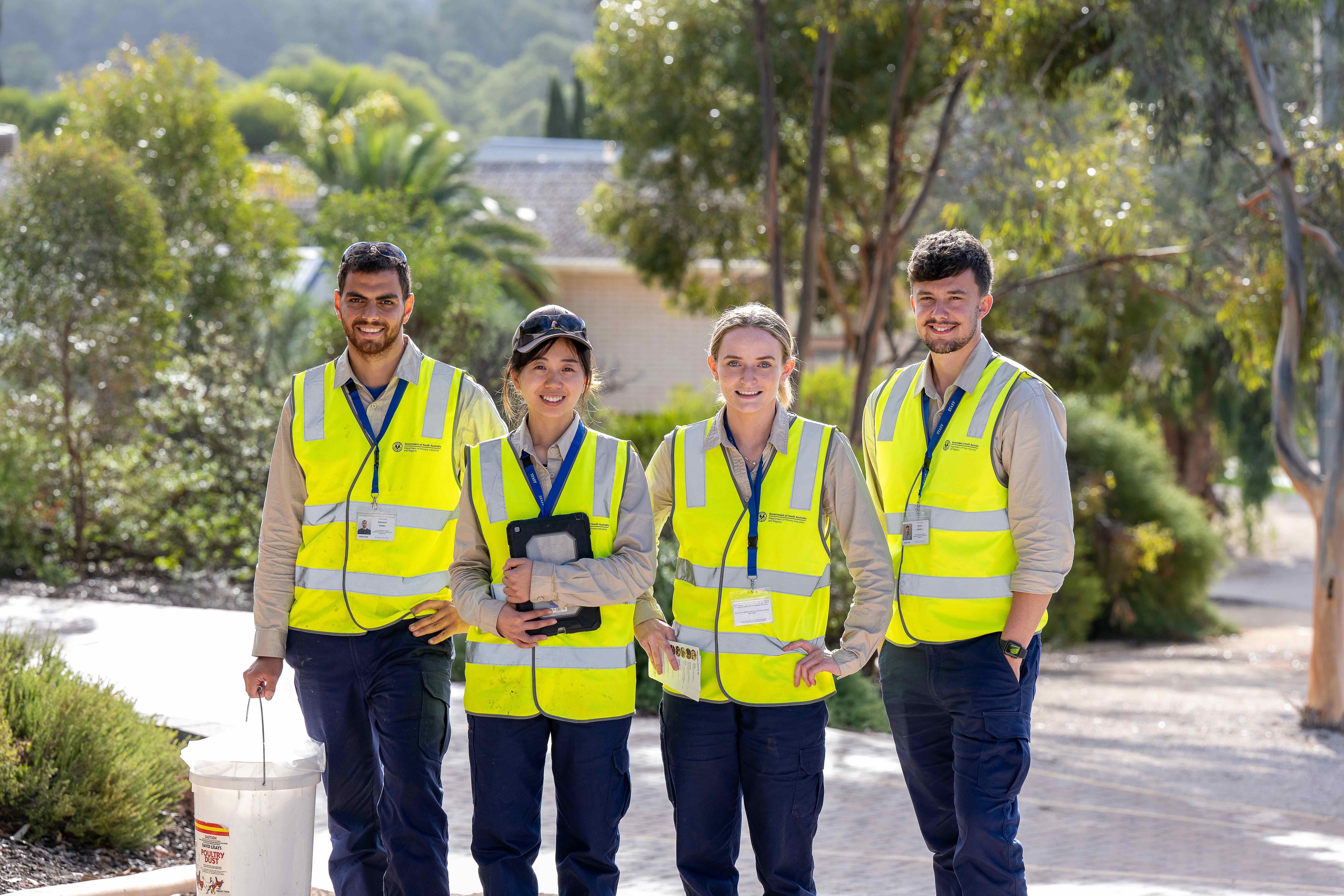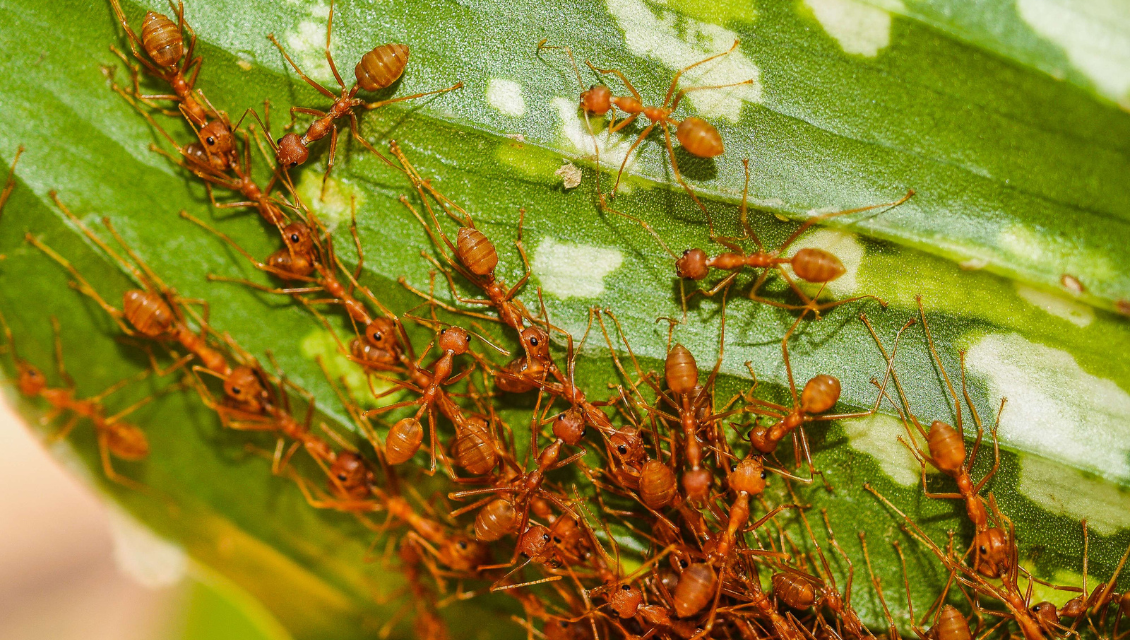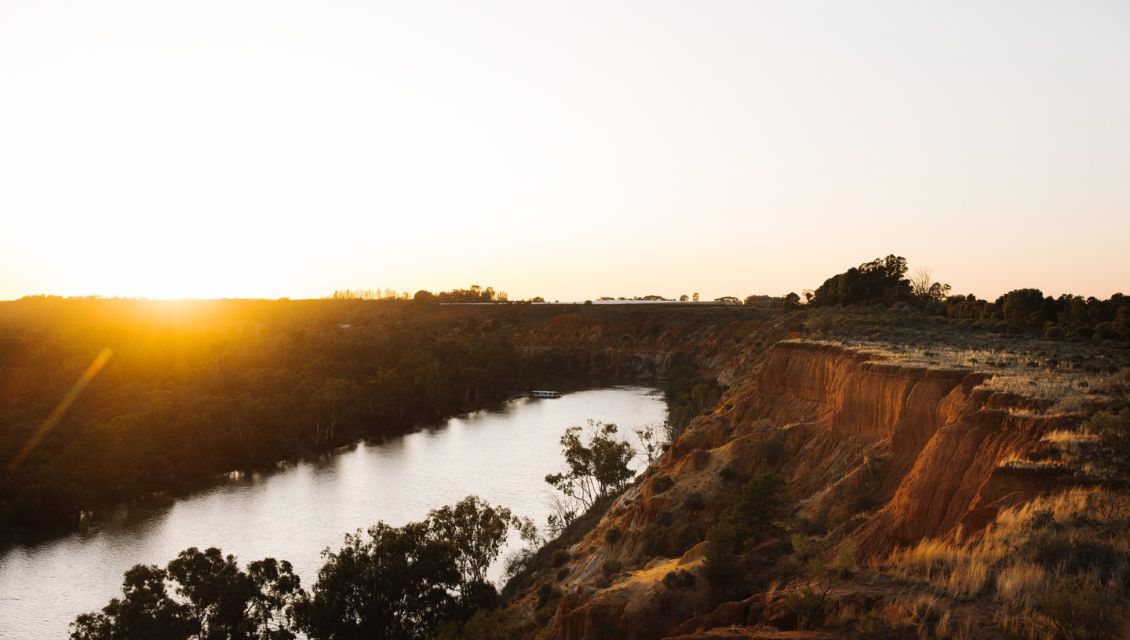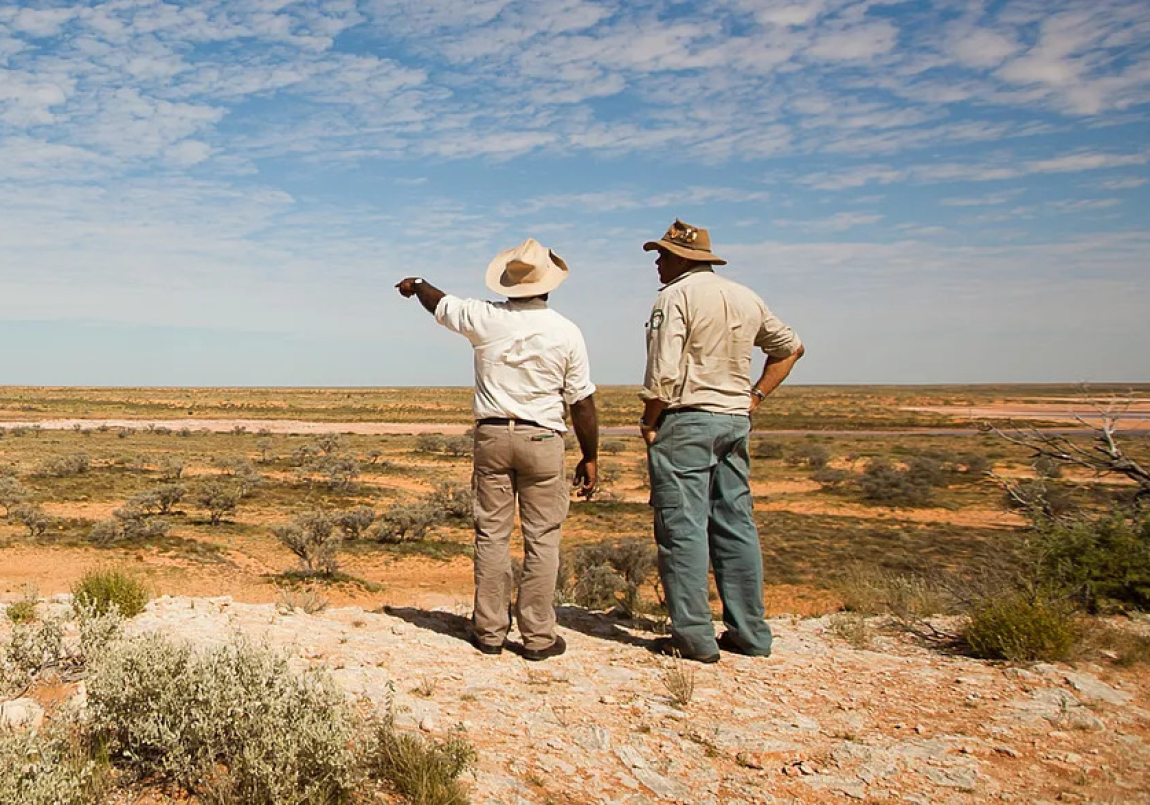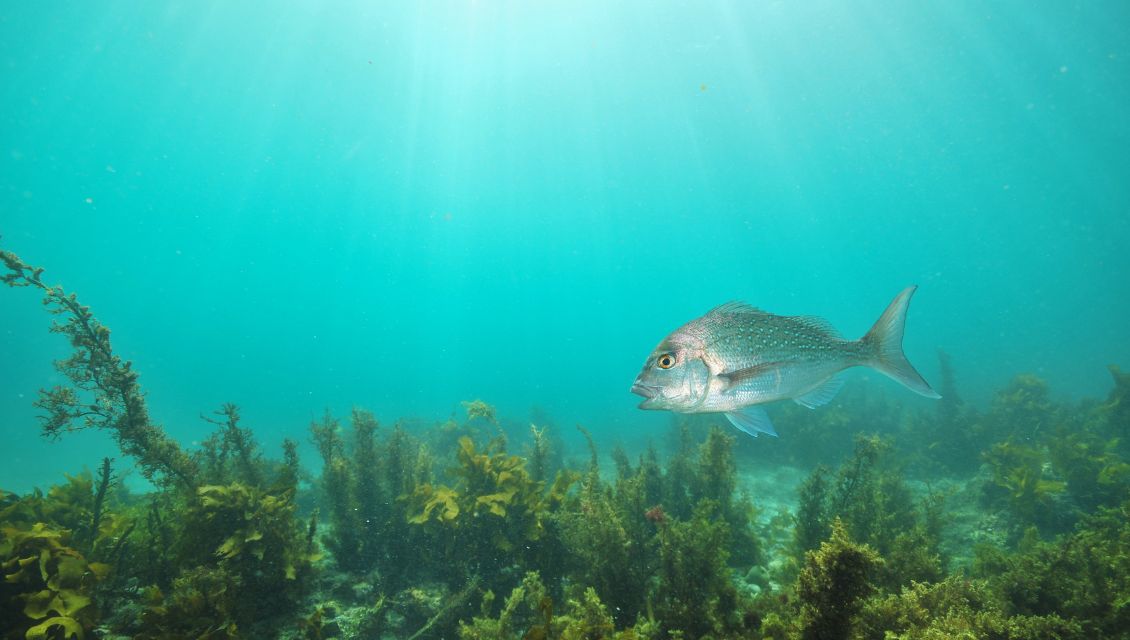
The fingerlings have been bred by the South Australian Research and Development Institute - the research arm of the Department of Primary Industries and Regions - in a bid to address depleting stocks in the Gulf St Vincent and Spencer Gulf/ West Coast fishing zones.
Nearly 1 million baby snapper will be released over the next two years as part of the $1.2 million restocking program, with the first 100,000 batch to be introduced into SA waters in May.
The first batch will be released by SA's peak body for recreational fishing, RecFish SA, from beaches close to seagrass habitats in the Spencer Gulf, where snapper fingerlings settle naturally.
RecFish SA's Executive Officer Asher Dezsery said the program was an important step in bolstering recovery efforts of this important and iconic species.
"Regional recreational fishing communities are at the forefront of RecFish SA efforts and supporting the Spencer Gulf snapper fishery is the first step in achieving a sustainable and thriving fishery once again," Mr Dezsery said.
"SARDI have done an incredible job in producing healthy fingerlings with the purpose of not only increasing recruitment within the gulfs, but also assisting with important research outcomes through innovative otolith staining, giving the ability of future monitoring of fish to gather data on movement and growth of released snapper. "
The otolith is a calcium carbonate structure found inside the heads of bony fish and is the most commonly used method for determining their age. The fingerlings will have their ear bones (otoliths) dyed purple so that if sampled in years to come, they can be identified from wild fish.
The waters of the West Coast, Spencer Gulf and Gulf St Vincent regions remain closed to snapper fishing until 31 July 2026. Snapper fishing in South-East waters is open to all fishing sectors, with strict bag and boat limits in place.
For more information, visit Snapper management in South Australia.

